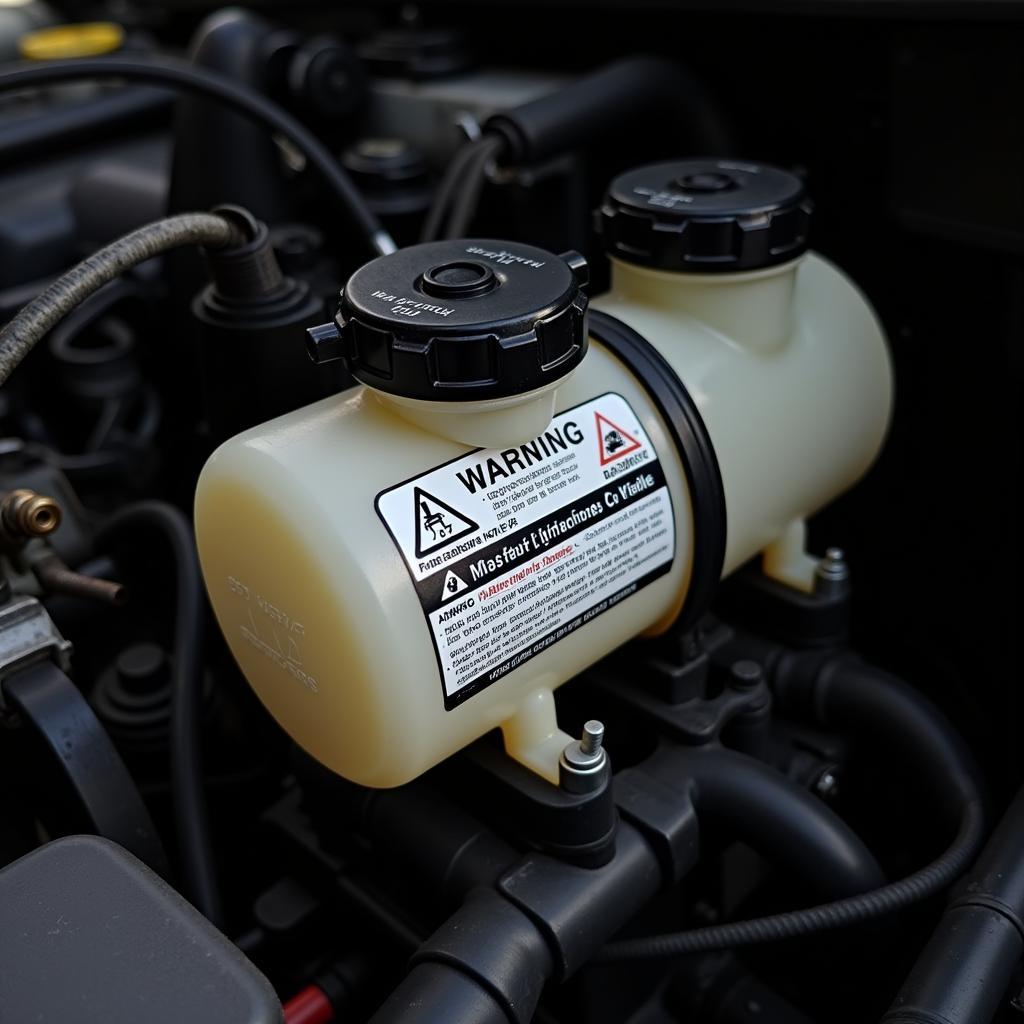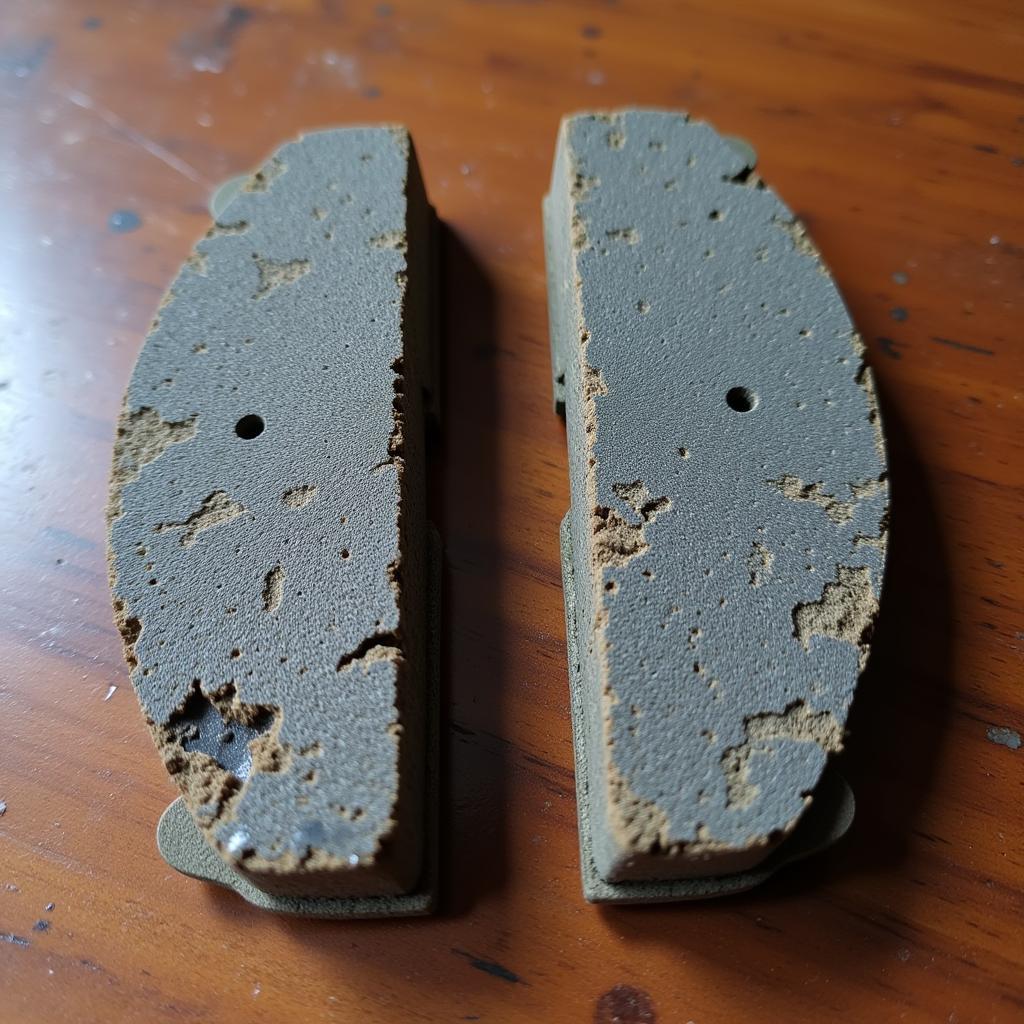A dead car battery in freezing temperatures is a frustrating experience. If your car battery keeps dying in cold weather, this guide will help you understand why, diagnose the problem, and find solutions, from simple DIY fixes to professional remote diagnostics and software solutions. We’ll explore everything from testing your battery to preventing future cold-weather battery failures.
Why Does My Car Battery Keep Dying in Cold Weather?
Cold weather puts a significant strain on your car battery. The chemical reactions inside the battery slow down in low temperatures, reducing its ability to hold a charge and crank the engine. Thickened engine oil also requires more power to turn over, further taxing the battery. If your car battery is already weak or nearing the end of its lifespan, cold weather can be the final straw. Additionally, parasitic draws, like interior lights left on or faulty electronics, can drain the battery even faster in the cold. Do you suspect a parasitic draw? Our guide on why your car battery keeps running down can offer more insights.
Identifying the Culprit: Is it Really the Battery?
Before assuming your battery is the problem, consider other possibilities. A failing alternator, faulty starter, or corroded battery terminals can mimic a dead battery. A simple test with a multimeter can help you determine the battery’s voltage and overall health. You can also learn more about situations where your car won’t start but the battery is good.
How to Diagnose and Fix a Car Battery Dying in Cold Weather
Diagnosing a car battery issue in cold weather requires a systematic approach. Start by visually inspecting the battery terminals for corrosion. Clean them with a wire brush and baking soda solution if necessary. Then, test the battery’s voltage using a multimeter. A fully charged battery should read around 12.6 volts. If the voltage is significantly lower, the battery may need to be charged or replaced.
What are Some Quick Fixes for a Dead Battery in the Cold?
Jump-starting your car with jumper cables is a common solution for a dead battery. However, ensure you follow the correct procedure to avoid damage. Carrying a portable jump starter can provide a convenient alternative, especially in remote areas. If your car starts but the battery dies again soon after, it indicates a deeper issue that requires further investigation. For instance, if you own a Dodge Journey and experience recurring battery problems, check out our dedicated guide on Dodge Journey battery keeps dying.
When Should I Seek Professional Help?
If you’ve tried the basic troubleshooting steps and your car battery keeps dying in cold weather, it’s time to seek professional assistance. A qualified technician can perform a more thorough diagnostic check and identify the root cause of the problem. This may involve testing the alternator, starter, and electrical system for faults.
Preventing Future Cold-Weather Battery Failures
There are several proactive measures you can take to prevent your car battery from dying in cold weather. Parking your car in a garage or using a battery blanket can help insulate the battery and maintain its temperature. Regularly checking and cleaning the battery terminals can prevent corrosion and ensure good electrical connections. Consider replacing your battery every 3-5 years, especially if you live in an area with harsh winters. This is particularly important for key fob batteries too. For more information about key fob battery issues, you can visit our guide on mini key battery warning light.
“Cold weather significantly impacts a battery’s performance,” says automotive electrical engineer, David Miller. “Proactive measures like using a battery blanket or parking in a garage can significantly extend your battery’s life, especially during the winter months.”
What is Remote Diagnostics and How Can It Help?
Remote diagnostics and software solutions can offer advanced troubleshooting and solutions for complex car battery issues. These services allow technicians to access your vehicle’s data remotely and identify potential problems without requiring a physical inspection. In some cases, they can even reprogram or update software related to the battery management system, potentially resolving the issue remotely.
“Remote diagnostics can save valuable time and money,” explains Sarah Johnson, a certified automotive software specialist. “It allows us to quickly pinpoint the root cause of battery problems and often provide solutions without the need for a physical visit to the workshop.”
Conclusion
A car battery that keeps dying in cold weather can be a significant inconvenience. However, by understanding the underlying causes, following the diagnostic steps outlined above, and taking proactive preventative measures, you can keep your car running smoothly throughout the winter. Remember, if the problem persists, seeking professional assistance is always the best course of action. Don’t let a dead battery leave you stranded in the cold! For further insights on addressing this issue, especially if your battery died overnight in the cold, refer to our guide on car battery died overnight cold.
FAQ
- How often should I check my car battery in cold weather?
- Can extreme cold permanently damage a car battery?
- What are the signs of a failing alternator?
- How long does a car battery typically last?
- Are there different types of car batteries for cold climates?
- Is it safe to jump-start a car in freezing temperatures?
- What should I do if my car battery keeps dying even after being replaced?


